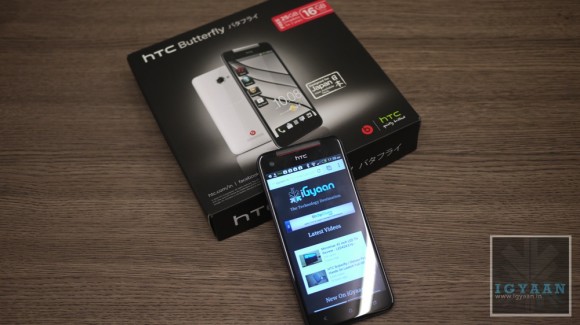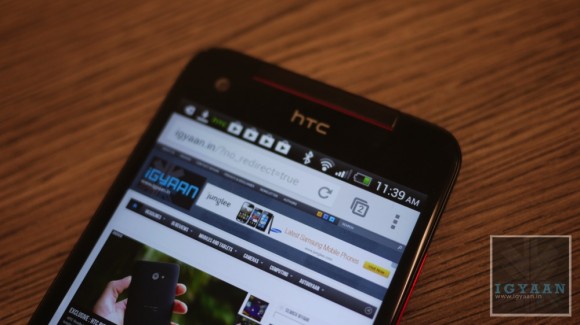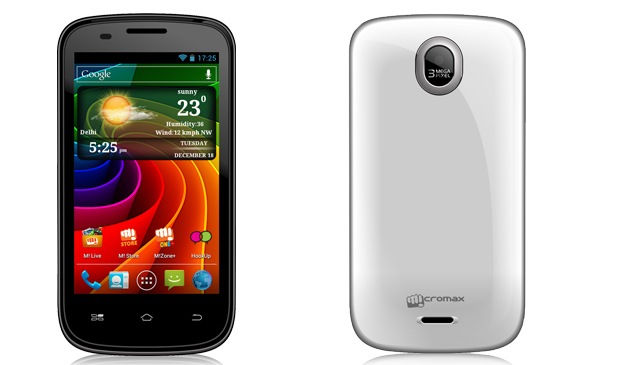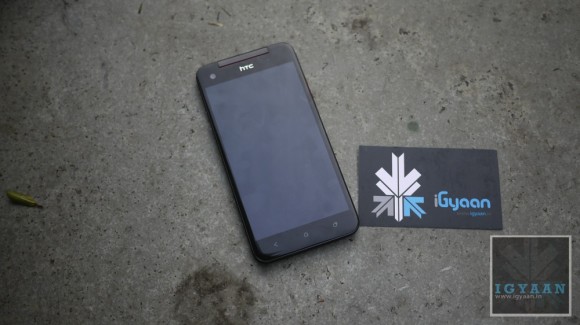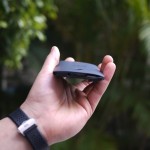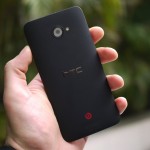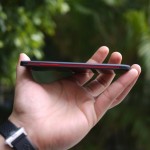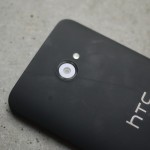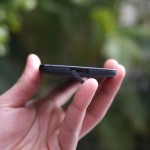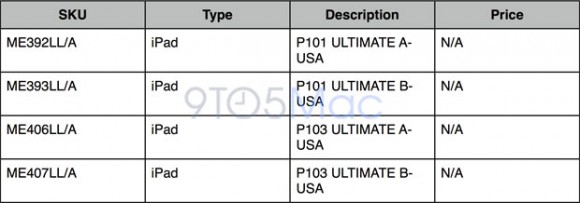
The high-end big screen smartphone, or phablet market is dominated by the Samsung Galaxy Note II, and before that, by the Note first generation. But now, HTC has thrown an open challenge at the supremacy of the Note II in the big smartphone market. Does theButterfly match up to the Note II? We compare some critical specifications, and our impressions ahead of a detailed review of the Butterfly, to see how it stacks up to the Note II, in terms of the build quality and specification numbers.
DisplaySince we are talking about the unique category within smartphones as a whole, the primary focus is on the display. The Samsung Galaxy Note II has a 5.5-inch display which is the Super AMOLED family. In contrast, the HTC Butterfly has a slightly smaller 5-inch display. The display type on the Butterfly is the SLCD3, which we will be seeing for the first time on smartphones. From what we saw in the little time we spent with the phone, SLCD3 does handle colours closer to the vividness of an AMOLED, than what the SLCD2 did. The primary aspect seemed to be the deeper blacks that the SLCD3 offered.
Text definitely seems to be crisper on the HTC Butterfly. Not to say that the Note II was bad in any way – it is quite good in its own respect, but the higher res display on the Butterfly makes all the difference. By the way, the 5-inch display is the first smartphone display of its kind with a 1080p HD resolution. The Note II has a 720p HD resolution screen. We would not say one is better or worse off than the other on the basis of just that one spec, till we test and compare both under our detailed test processes. But on paper, the Butterfly seems like a winner, mostly because the 1080p display means it is pretty much sitting at the top in terms of potential performance.
ProcessorThe Samsung Galaxy Note showed its hand during the testing and benchmarking that we did during the tests recently. The Exynos quad core 1.5GHz processor and 2GB of RAM showed the way to the future. The Mali-400MP graphics also are very powerful.
The HTC Butterfly will bring in a quad core 1.5GHz Qualcomm Snapdragon Pro processor with 2GB of RAM. There is no doubt that the Butterfly will offer blazing fast performance, but we are not sure how the Adreno 320 graphics will stand up against the Mali-400MP and the Tegra seen on some other smartphones.

Build Quality
Both are big screen phones. The HTC Butterfly has a very manageable form factor, and the thin bezel on the left and right of the screen contribute significantly towards that. The back has the same rubberized finish that we had seen on the HTC 8X earlier, and helps immensely in gripping the phone. It will have an advantage over the predecessors, the One series of phones which came with the plain polycarbonate body. And even more on the Galaxy Note II, which has a plastic non-rubberized finish on the back, making it slightly slippery and prone being earthbound if you are not careful.
Both are big screen phones. The HTC Butterfly has a very manageable form factor, and the thin bezel on the left and right of the screen contribute significantly towards that. The back has the same rubberized finish that we had seen on the HTC 8X earlier, and helps immensely in gripping the phone. It will have an advantage over the predecessors, the One series of phones which came with the plain polycarbonate body. And even more on the Galaxy Note II, which has a plastic non-rubberized finish on the back, making it slightly slippery and prone being earthbound if you are not careful.
But that is not to say that big screen phones are not comfortable to use if you are carefully using them. Both the Butterfly and the Note II have an even weight distribution and none have the annoying habit of trying fall head first on to the ground. But this goes without saying that the Butterfly with the slightly smaller display and battery is tipping the scales at 140 grams, while the Note II weighs 183 grams. That could be a significant factor in the decision making for a lot of consumers.
Battery
For all this power, the Note II gets a 3100mAh battery. The Butterfly, on the other hand, has to make do with a 2020mAh battery. We will have to test the Butterfly in detail under the same usage scenario we subjected the Note II to, and see where the two stand.
For all this power, the Note II gets a 3100mAh battery. The Butterfly, on the other hand, has to make do with a 2020mAh battery. We will have to test the Butterfly in detail under the same usage scenario we subjected the Note II to, and see where the two stand.
Extra features
The Galaxy Note II has the unique feature called the S-Pen, which lets you do a lot more than just scribble notes. There are some rather unique features like seeing the summary of mails and messages when you hover the pen over them, and even dragging and dropping apps into the multi-window. The Butterfly does not have any stylus feature. For those of you who got the Note for the S-Pen, there is possibly no weaning you away from it. For the rest of us who need to use the device sans the stylus, the Butterfly must be considered.
The Galaxy Note II has the unique feature called the S-Pen, which lets you do a lot more than just scribble notes. There are some rather unique features like seeing the summary of mails and messages when you hover the pen over them, and even dragging and dropping apps into the multi-window. The Butterfly does not have any stylus feature. For those of you who got the Note for the S-Pen, there is possibly no weaning you away from it. For the rest of us who need to use the device sans the stylus, the Butterfly must be considered.
PriceHTC has pegged the best buy price of the Butterfly at Rs. 45,990 while the Note II is available in stores at around Rs. 37,000. We expect the Butterfly’s price to rationalize soon to be on par with the Note II – market forces should take care of that.
We will be putting the HTC Butterfly through its paces very soon, and bring out the comparative test results to see how it stands up against the Galaxy Note II. Do stay tuned for that.


